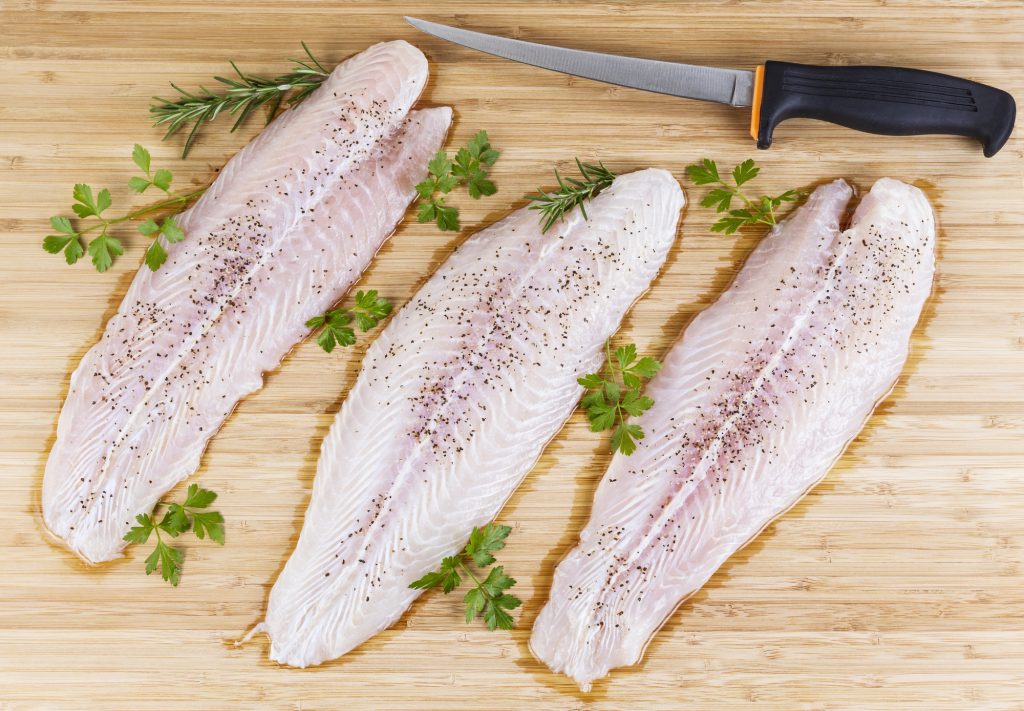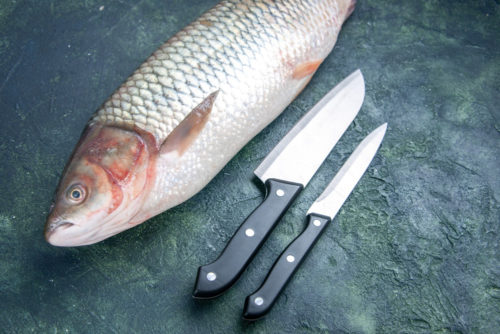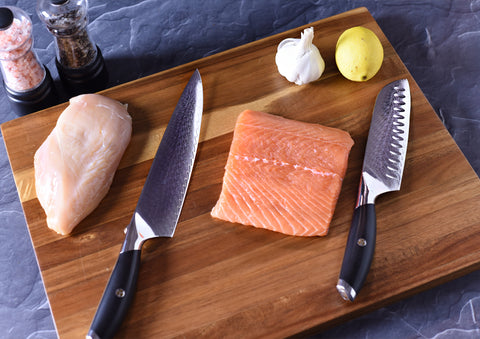Grinding a knife blade is a crucial skill for any kitchen hobbyist. Having a well-sharpened knife can make a huge difference in your cooking experience. In this guide, we will take you through the detailed process of grinding a knife blade, emphasizing the importance of technique and the right tools.

Understanding the Basics of Knife Grinding
Before diving into the actual process, it’s essential to understand what knife grinding entails. Knife grinding involves removing material from the blade to restore its edge. The goal is to achieve a sharp and consistent blade edge, which is perfect for precise cutting.
Why Grinding Your Knife is Essential?
Grinding your knife regularly ensures that it remains sharp and efficient. A blunt knife not only makes cutting difficult but also increases the risk of accidents. A well-ground knife makes your kitchen chores much easier and more enjoyable.

Gathering the Right Tools
Before you start, make sure you have the right tools. These include:
- Bench grinder
- Sharpening stone
- Water or oil for lubrication
- Protective gloves

Step-by-Step Guide to Grinding Your Knife Blade
1. Preparing Your Workspace
Begin by setting up a clean and well-lit workspace. Ensure that your bench grinder is securely fastened and that all safety measures are in place. Wear your protective gloves to safeguard your hands from any potential injuries.
2. Inspecting the Knife
Before grinding, inspect the knife for any visible damages. If the knife has chips or significant wear, it might require more intensive grinding. Sharpen a Chef Knife can help you identify such issues.
3. Grinding the Blade
Start the grinder and carefully hold the blade against the grinding wheel. Use consistent pressure and move the blade from the heel to the tip. It’s important to maintain a steady hand and keep the angle consistent. If you’re unsure about the angle, you might find our guide on Sharpen a Rapala Knife useful.
4. Cool the Blade
Grinding generates heat, which can damage the blade if not managed properly. Dip the knife in water or oil frequently to cool it down. This prevents the blade from losing its temper and ensures a longer lifespan.

Final Steps
5. Honing the Blade
After grinding, use a honing stone to refine the edge. This step is crucial for achieving a razor-sharp finish. Make sure to use light, even strokes and maintain the correct angle.
6. Testing the Sharpness
Test the sharpness of the blade by cutting through paper or a soft tomato. A well-ground knife should cut smoothly without any resistance. For more on this, you might want to check out tips on Serbian Chef Knife.
Maintaining Your Knife
7. Regular Maintenance
To keep your knife in top condition, perform regular maintenance. This includes honing the blade after each use and grinding it when you notice it becoming dull. For additional tips, visit this external guide.
Frequently Asked Questions
How often should I grind my knife?
It depends on how frequently you use it. Generally, grinding your knife every few months should suffice for regular home use.
Can I use a regular bench grinder for knife grinding?
Yes, but make sure to use the appropriate grinding wheel and take safety precautions.
What’s the best angle for grinding a knife?
A 20-degree angle works well for most kitchen knives. However, specialized knives may require different angles.
Conclusion
Grinding a knife blade is a valuable skill that can greatly enhance your cooking experience. With the right tools and techniques, you can achieve a sharp, efficient blade that makes your kitchen tasks a breeze. Always remember to maintain your knife regularly to enjoy the best performance.
As an Amazon Associate, I earn from qualifying purchases.


